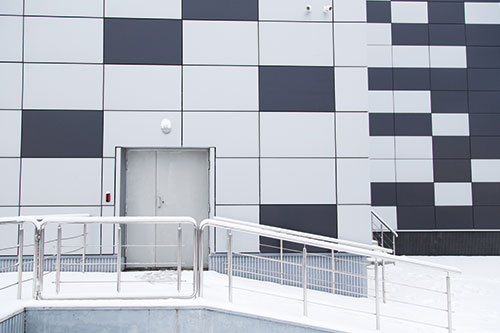Aluminum PCBs have excellent heat dissipation properties and can be used in a variety of electronic devices. They are especially useful in areas where temperature can damage the components.
In addition, they offer high electrical conductivity and are lightweight. However, there are some manufacturing challenges when working with this type of circuit board.
High thermal conductivity
Aluminum PCBs conduct heat more effectively than other materials, such as fiberglass. They can also disperse heat quickly, which protects the circuit board from damage caused by high temperatures. Seven is essential in ensuring the reliability and durability of the circuit board.
The copper layer of an aluminum PCB consists of conductive traces, wires, pads, and other components that link different devices. It can be found in a variety of electronic products, including audio equipment, power devices, communication electronics, office automation equipment, and automotive elements.
Aluminum PCBs have excellent dimensional stability, and their size doesn’t change when they’re heated from 30 to 140 degrees Celsius. In addition, they have low thermal expansion and contraction coefficients. They are also less prone to cracking and can improve product performance.
Low thermal expansion
The low thermal expansion of aluminum alloys makes them suitable for use in applications where changes in mechanical properties with temperature could be a problem. For example, low expansion alloys such as Invar can be used in precision instruments like stencils and fine line etching equipment, as well as for other applications including physics laboratory devices and motor valves.
SEM BSE images and combined EDS images of worn surfaces obtained from both four- (Figure 23a, c) and eight-pass RPPs/AA5056 composites (Figure 24) show that the mechanically mixed layer is not practically oxidized in these specimens. This suggests that the low thermal expansion of these tribological materials contributes significantly to their improved tribological behavior.
The high thermal conductivity of Aluminum PCBs can save components from overheating and damage by dissipating heat quickly. It also allows for a more even distribution of heat across the board, which can increase performance.
High electrical conductivity
Aluminum is a good conductor of electricity because its atoms are tightly held together and surrounded by electrons. This allows the atoms to transfer their charge quickly, which helps the metal to conduct current.
Aluminum PCBs are also an excellent choice for electrical transmission lines because they can withstand high tensile strength. They are also lightweight, durable, and show dimensional stability.
They are a type of metal-based printed circuit board and contain copper-clad aluminum layers. They also exhibit excellent thermal conductivity, which aids in effectively dissipating heat and enhancing the performance of electronic devices. In addition, they have good electromagnetic shielding. Aluminum PCBs are widely used in various applications, including computer systems, telecommunications, and power devices. They are also a popular choice for overhead electrical transmission lines.
High strength
Aluminum PCBs have excellent thermal dissipation, transferring heat away from vital components. This keeps the circuit boards safe from high temperatures that can cause severe damage to the product.
Multilayer aluminum PCBs have several layers of thermally conductive dielectrics, with blind and buried vias. They also have an aluminium core. These PCBs are sometimes called Aluminum Clad Printed Circuit Board (MCPCB), Metal-Clad Printed Circuit Board, or Insulated Metal Substrate (IMS).
Manufacturers use aluminum PCBs in the aerospace industry because they can withstand the harsh atmospheric conditions of aircraft and spacecraft. They also have a higher tensile strength and elongation than other metallic materials. Furthermore, they can withstand high pressure and temperature changes without forming fatigue cracks. They can also withstand vibrations and mechanical stress.
Lightweight
Aluminum PCBs offer a balance of strength and lightness. This combination is important because it increases the durability of the circuit board while reducing its overall weight. It also reduces the likelihood of damage during shipping and daily use.
In addition, it can withstand a wide range of environmental conditions and temperatures. This makes it a great choice for businesses looking to create durable and attractive signage.
PCBs that use aluminum substrates can disperse heat quickly. This prevents the components from overheating, which can lead to short circuits. Moreover, it can also help to reduce the risk of fire in electronic devices. Besides, aluminum is an eco-friendly and versatile material that can be easily shaped and molded into various designs for aesthetic appeal. It is also a cost-effective solution for your business’s signage needs.



